Molar bands are braces placed on the back teeth or molars. Their purpose is to help align misaligned back teeth and apply gentle pressure during orthodontic treatment. They work in conjunction with other braces placed on the front teeth.
Some patients question if molar bands are really needed as part of braces treatment. Without them, can teeth be straightened effectively through wires and brackets alone? The answer depends on individual oral structures and the extent of correction required.
While minor tooth issues may resolve without full molar involvement, serious cases require whole mouth alignment for stable results. Bands help distribute forces evenly across the back teeth roots to encourage proper bite function. They also provide anchors to reinforced orthodontic wires for moving all teeth into their target positions.
Key Takeaways
- Molar bands provide anchorage for orthodontic wires to apply corrective forces to all teeth, not just the front ones. Their attachment is important for comprehensive dental alignment.
- Serving as anchors at the back of the dental arch, molar bands help distribute orthodontic pressures evenly across tooth roots for proper alignment and bite functioning over time.
- While minor crookedness may be addressed without full molar involvement, more significant cases usually require whole-mouth treatment including molar bands for stable and long-lasting results. Don’t miss to read out this topic Best Power Chain Colors.
- Bands on posterior teeth work together with brackets and wires on other teeth to encourage all dental segments to shift into their target positions for an improved overall occlusion.
- In some very mild treatments, an orthodontist may correct to select teeth sans molar bands through alternate anchorage methods. But for comprehensive care, most experts agree full-mouth bands facilitate more effective movements and outcomes.
Overview Of Molar Bands Necessary
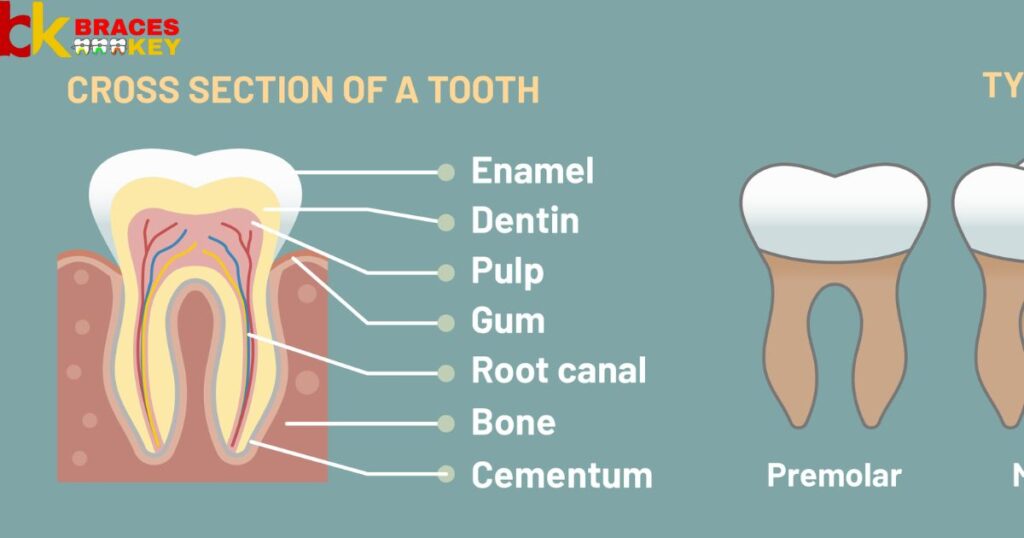
Molar bands play an integral role in orthodontic treatment by providing rear anchorage for correcting comprehensive malocclusions. As attachments on posterior molars, bands distribute corrective pressures uniformly across roots while cooperating with brackets and wires to influence all dental segments.
For minor irregularities, alternative anchorage may suffice but serious misalignments demand whole-mouth involvement including bands. This permits optimized tooth guidance into balanced occlusal relations which facilitate long-lasting benefits to both form and function.
Step By Step Guide To Molar Bands Necessary
- An orthodontist will examine the teeth, jaw size, and how they align to determine if molar movement is required for ideal function and aesthetics. Minor tweaks may not need full anchorage.
- The way the top and bottom teeth meet provides clues if molar torque, tipping or rotation is necessary. Complex bite issues warrant back tooth alignment.
- Diagnostic setups and computer modeling help orthodontists visualize the extent of predicted tooth movement. More involved plans pointing to corrective forces throughout the mouth recommend molar band placement.
What Are Molar Bands?
Molar Bands are colored stripes on animal teeth that aid in identification. They can differ between species and even uniquely for each individual animal. The patterns formed by enamel thickness determine their hue and shape.
Careful inspection of these bands allows scientists to discern one creature from the next. Molars reveal traits through their stripes, solving puzzles in fields from fossils to forensics. With each visit to the orthodontist, the bands are tightened incrementally to apply constant pressure.
Are Molar Bands Painful?
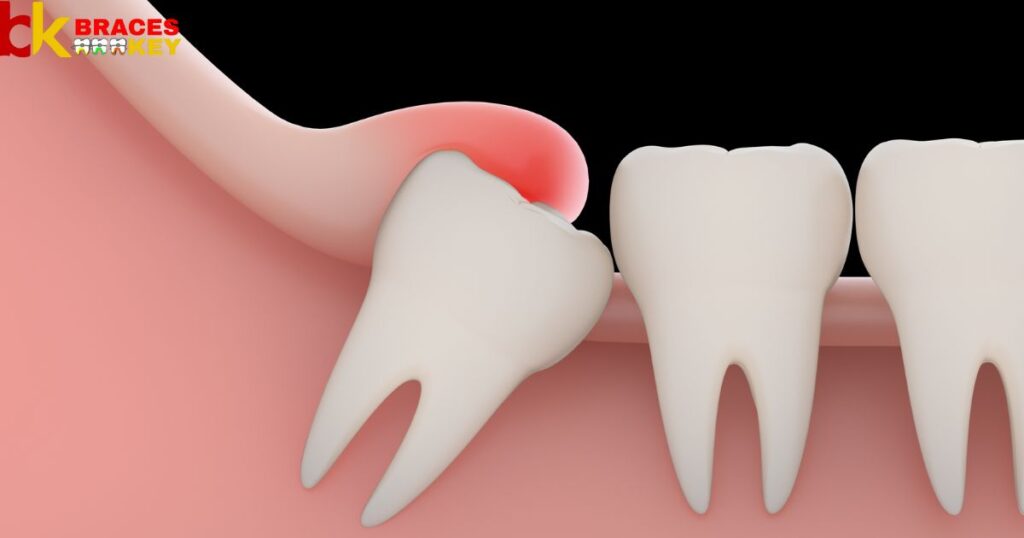
When molar bands are first applied, most patients report a slight tenderness as the metal grips the tooth. Over time, teeth adapt to their new accessories and discomfort fades. Still, chewing certain foods may cause temporary aches as pressure increases.
To help alleviate pain, orthodontists can file down sharp edges. Ibuprofen or acetaminophen can assist as well. Thankfully, any twinges are mild compared to the beautiful straight teeth ahead. Most agree short-term minor annoyances are worth the long-term dental benefits.
What’s The Best Way To Relieve Pain Caused By Molar Bands?
When molar bands first tighten onto teeth, pain relief is key. Gentle massage of sore gums provides comfort. Over-the-counter medication like ibuprofen helps reduce swelling and ache.
Applying a cooling gel or ice wrapped in cloth to the outside of the cheek offers topical numbness. Chewing on soft foods puts less pressure on bands until they feel settled. Seeing the orthodontist if pain persists ensures a good fit with minimal irritation. With time and tender loving care, discomfort will fade.
What Are The Benefits Of Molar Bands?
Molar bands play a crucial role in orthodontic treatment. Their tight yet flexible metal hugs teeth securely to withstand constant forces pulling and pushing smiles into alignment. Anchored directly to strong molars, the bands distribute treatment tensions evenly without slippage.
Over months, their tenacious hold repositions misplaced teeth with accuracy. When finally removed, patients enjoy not just straighter grins but also improved chewing, less cavities, and confidence in a beautiful bite.
What Are Molar Bands And How Do They Work?
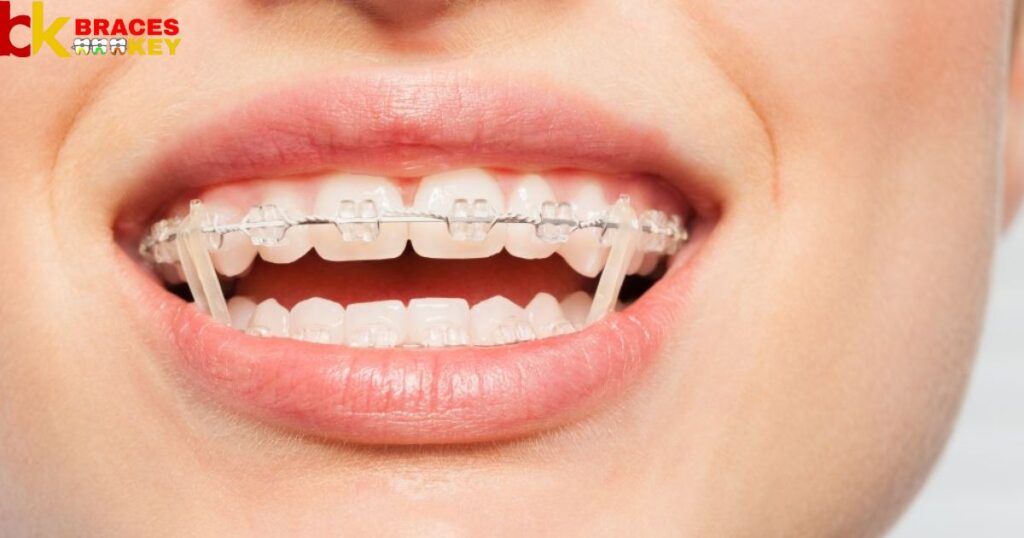
Molar bands are thin pieces of bonded metal wrapped around the upper and lower back teeth. Made of stainless steel or composite, they are custom-fitted to each tooth’s contours. During orthodontic treatment, tiny elastics or metal wires connect brackets on the front teeth to the steady anchor of molar bands.
As the orthodontist tightens these archwires over time, pressure gently moves teeth into the desired positions. Securely fixed in place, the bands help redistribute these forces to gradually straighten a patient’s smile.
The Difference Between Molar Bands And Buccal Tubes
While both are fixed to back teeth, molar bands encircle the chewing surfaces. Buccal tubes instead affix to the outer bony ridges via a composite glue. This placement allows flexible wires to be threaded through the tube’s hollow openings from the front or sides of the mouth.
Due to their circumferential design, bands offer stronger anchoring of heavier orthodontic forces directly on the crown of the molar. Tubes play more of a guide role with lighter side tensions from wires and elastics.
How Do Molar Bands Work?
Molar bands are custom-fitted to grip the chewing surfaces of back teeth firmly. During placement, the orthodontist first cleans molars and then cures strong adhesive to bond the bands in place. Wires are then twisted onto tiny brackets connected to the front teeth.
When these archwires link to the bands, they can apply steady pulling and rotating pressure over months. As teeth are nudged centimeter by centimeter, the durable bands securely hold molars stationary to lever other teeth into the ideal position for a balanced bite.
Does Everyone Need Molar Bands?
Not all orthodontic patients require molar bands as part of their treatment. For minor teeth alignment, simple clear aligners may suffice. Young children still in mixed dentition rarely need rear anchoring yet.
For more complex bite issues involving multiple tooth movements, molar bands excel. Their immovable strength from the posterior lets orthodontists efficiently maneuver the front six teeth into beautiful symmetry and functioning harmony. Whenever large forces must be applied gradually, molar bands prove ideal anchors for the job.
Anchoring Tooth Movements
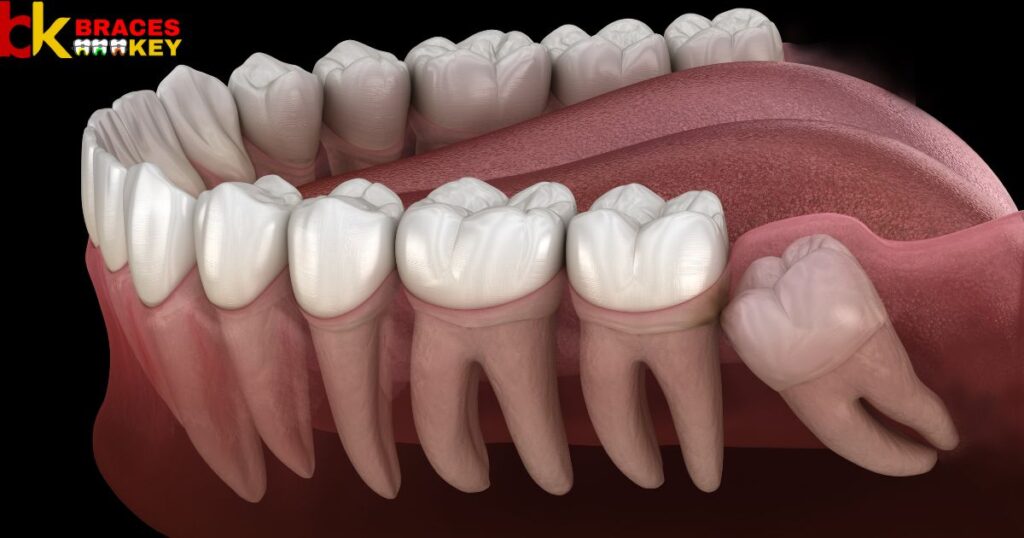
Molar bands serve to immobilize posterior teeth while bicuspids and incisors are repositioned through attachments and wires. Their circumferential clasp prevents migration, enabling heavy orthodontic forces to efficiently manipulate malaligned teeth into proper alignment. As stalwart anchors through treatment, bands underpin extensive corrections undertaken.
Individual Treatment Considerations
When weighing band usage, orthodontists interview patients regarding oral tolerance and examine dental intricacies. Compromised gums or extreme tooth rotations may avert bands.
Prefabricated aligners now remedy mild malalignments while Temporomandibular joint weaknesses preclude heavy mechanics. With modern options, practitioners structure unique therapies maximizing outcomes alongside comfort and compliance. Individualization remains key.
New Advances Offer Additional Options
Emerging orthodontic techniques provide supplemental anchorage possibilities. Temporary anchorage devices implanted in bone supplant reliance on molar immobilization. Customized clear aligners smoothly glide teeth with limited hardware.
Digital treatments simulate movements virtually prior to fabrication. Today’s orthodontists utilize diverse technological arsenal tailoring solutions minimizing patient burden. As techniques progress, attachments evolve less invasive yet effective.
What Are The Downsides Of Molar Bands?
While molar bands effectively move teeth into place, their installation can cause temporary discomfort. During the bonding process, the cold materials and tight fit trigger mild pain. Bite adjustments take some getting used to as food avoidance lessons chewing.
Sharp edges may irritate the gums until smoothed. The worst side effect lasts but moments – the dread of having hard metal pushed around one’s molars is over swiftly. On the other hand, the end result of a perfect healthy smile makes any short-term gripes seem minor.
Molar Band
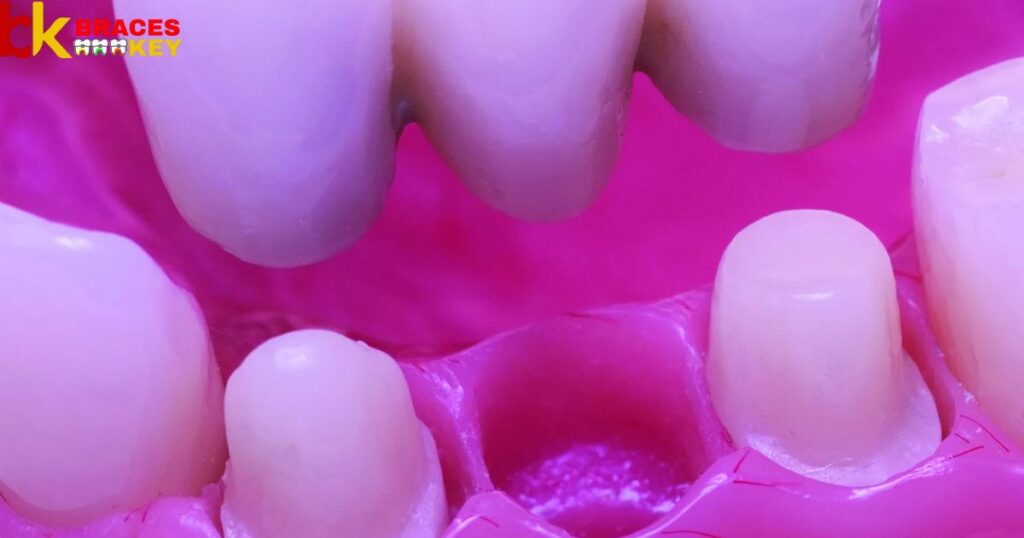
Molar bands are key components in orthodontic treatment. Wrapping smoothly around back teeth, their versatile forms deliver tailored securement. During placement, adhesive bonding fixes them rock-solid to withstand the constant nudging of wires and elastics.
As orthodontic forces pull and prod over months, the bands anchor molars steadfast against shifting. This allows reciprocal teeth to glide into ideal alignment. Through their sturdy yet hidden work, molar bands play a pivotal supporting role in transforming a smile.
Molar Bands What They Are And How They Work?
Molar bands are thin metal rings that orthodontists carefully wrap around the back teeth. Through a bonding process, they firmly fuse to the chewing surfaces of molars. Attached elastic threads or archwires then connect to the bands, allowing application of constant pressure over time.
As teeth are gently pushed and pulled each day, the unyielding bands anchor the molars steady as foundations. This inspired positioning allows the whole bite to improve with precision, resulting in more gorgeous, functional grins.
How Molar Bands Applied?
To begin, the orthodontist cleans each molar thoroughly, removing any residue that may block the bond. Then a special glue, called adhesive, is carefully painted onto the tooth’s surface. Next, the molar band, custom-fitted for size and shape, is placed into position.
A bright light cures the adhesive, fusing the band securely. Within minutes, it holds fast while still permitting occasional wiggle-room for the tooth. With bilateral bands snugly fixed, the orthodontic process of guided tooth movement can commence.
What Are The Advantages Of Molar Bands?
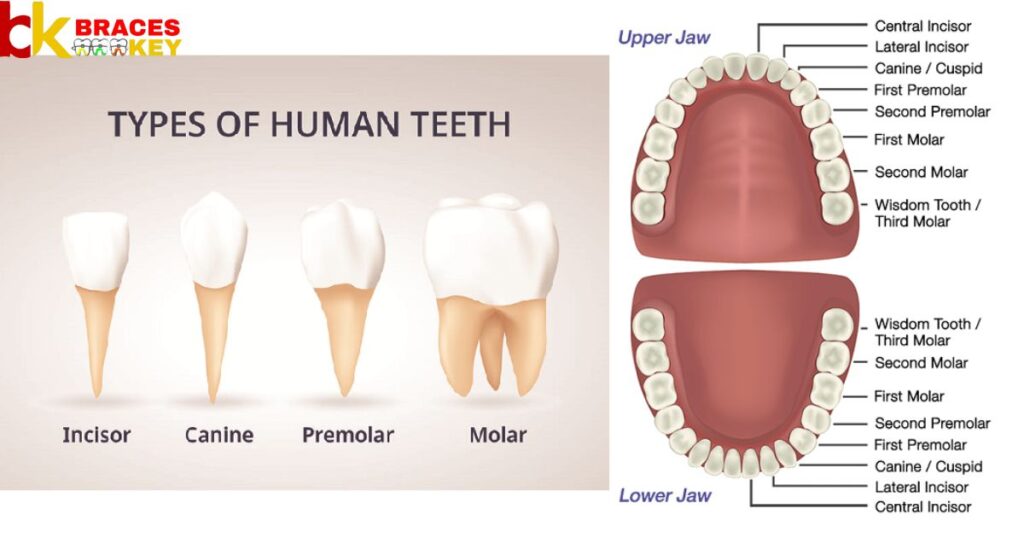
Molar bands grant orthodontists formidable yet discreet control. Encircling rear teeth unobtrusively, their tenacious bonds withstand powerful forces that pivot each mild-mannered millimeter. Stable as geological spires, the bands anchor molars steadfast during lengthy treatments.
Their staying power allows neighboring teeth to find perfection through daily nudges. When at last those straight smiles shine, patients delight not just in appearance but durability – molar bands work for years of healthy smiles.
Are There Any Downsides Of Molar Bands?
While molar bands prove integral to orthodontic success, their installation brings transient troubles. Teeth ache briefly beneath the binding’s brisk bite. Cold adhesives rouse shivers, and cheeks feel clamped till customized curves relax their grip.
Yet the worst arises later, when fibers ensnare, food flees the frustrated feast. But complaints fade faster than the fastening, and lingering ills lighten with a look at radiant results. In the end, small costs comfort for a lifetime of flawless function and form.
How Long Do You Need To Wear Molar Bands?
Molar bands must stay fixed firmly for the entirety of orthodontic therapy, guiding other teeth safely into smiles. While wires and elastics may evolve each visit, the bands bond from beginning to end.
This constant anchoring lets forces nudge teeth with patience, persevering until positions prove perfect. Only when arches align aesthetically and function is fulfilled will the orthodontist liberate those back teeth from their binding assist. TheirExtended tenure tirelessly enables triumphant transformations.
Braces Without Molar Bands
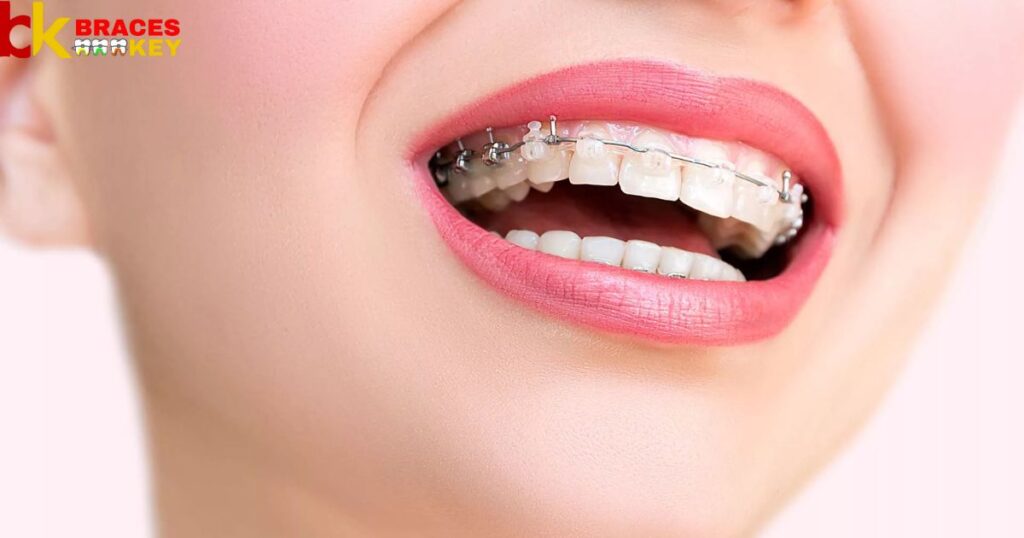
A new orthodontic approach now frees teeth from cumbersome bands. Clear corrective aligners gently shift teeth in weekly swaps. No painful cement or metal mouth, just precision 3D printing. Custom trays invisibly move each tooth to desired position.
Smile becomes straighter and whiter with the outlook or feeling of old school gear. A modern alternative for those wanting discreet straightening care. Molar bands are not needed for anchoring since the incisors provide stability.
Can Molar Bands Cause Cavities
Molar bands are essential for braces but they pose a cavity risk. The tight-wrapped metal hugs the grooves where plaque tends to pool. Brushing beneath can be challenging, leading to decay over time.
Saliva flow is blocked from thoroughly rinsing out food and drink acid attacks. Bands transform teeth into instant cavity magnets if not fanatically cleaned. Close monitoring by orthodontists helps catch problems early before cavities cause toothache.
Molar Bands Digging Into Gums
Many patients complain of irritated gums from braces, especially molar bands. The tight wires and metal edges constantly press against sensitive gum tissue. Over months of orthodontic treatment, bands can begin to feel like they are digging into the gums.
Inflammation and receding gums may develop from the constant pressure and lack of a comfortable buffer. To avoid permanent gum damage, it’s important to regularly check that molar bands are not sitting too tight.
How To Clean Molar Bands?
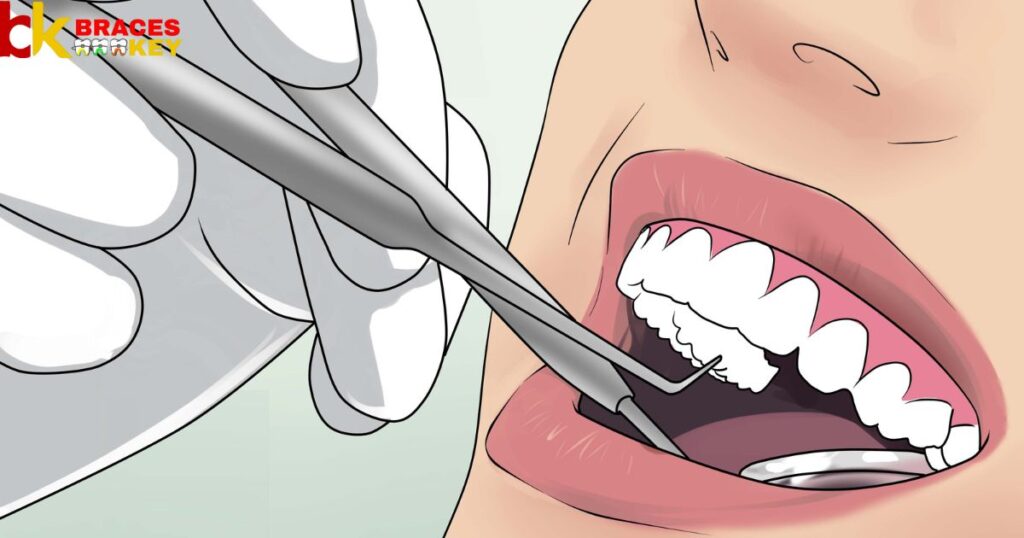
Molar bands can harbor plaque and food debris if not cleaned properly. Getting tiny bristle brushes behind them takes dexterity. Dental floss is essential for reaching where teeth meet bands.
Mixing baking soda into toothpaste gives it an abrasive boost for scrubbing off stains. Rinsing with an antiseptic mouthwash after, inhibits bacterial growth. Cleaning molar bands daily is key to preventing cavities and bad breath during orthodontic treatment.
Motivating Molar Movements
Molar movements are sometimes the hardest orthodontic adjustments to achieve. Their deep roots can impede proper shifting into place. By applying light intermittent pressure, periodontics loosen their grip. Precisely bent wires and accurate brackets apply tangential force.
As molars unlock, aligners provide guidance into ideal positions. Patient compliance with changes eases formerly stubborn grinders into occlusion. With ingenious techniques, orthodontists mobilize even the most recalcitrant of posterior teeth.
Assessing Anchorage For Achievement
Proper assessment of anchorage is paramount before starting orthodontic movement. Teeth designed to hold ground must withstand upcoming forces. Molars equipped with sturdy bands serve as a stable foundation.
Periodontal health and root morphology ensure resilience against leverage. X-rays reveal vulnerabilities that extra caution may spare. With adequate anchorage evaluation, the clinician can confidently achieve the smile makeover goal within timeline and without anchorage loss surprises.
Balancing Bite Requirements
An ideal bite involves careful balancing of requirements. Molars must meet precisely for proper occlusion and even grinding surfaces. Canines need sufficient spacing to avoid shifts under biting pressures. Premolars provide support between powerhouses.
Incisors guide registration for lip alignment and pleasurable function. Achieving this equilibrium demands virtuoso three-dimensional planning. Through finite adjustments, orthodontics corrects nature’s compromises for optimal balanced bite.
Distributing Distal Directions

Proper distalization of molars remains an orthodontic challenge. Their roots resist redirection posteriorly to make room. Light, constant forces stimulate periodontics gradually through interproximal bone. TADs and miniscrews provide reliable anchorage against reciprocal movements.
Well-calibrated elastics impart vector pressures slowly over multiple changes. Digital scanning verifies each millimeter gained to avoid relapse. Precise force distribution allows molars to discreetly emerge into wider smiles.
Evaluating Architectural Attributes
A tooth’s position depends on intrinsic factors beyond manipulation. Subtle variables influence potential for compensating systemic pressures. Enamel thickness and root lengths predetermine suspension capabilities. Torque expressions hedge against tipping under oblique forces. Sulcal shapes govern guided movement pathways.
Careful examination of these inherent architectural attributes directs customized treatment planning. Only through understanding each component’s attributes can orthodontics unlock a tooth’s inherent expressiveness.
Are Molar Bands Necessary For Braces
The question of necessity lingers around molar bands. Their rigid embrace ensures molars hold anchor duties. But enamel-bound builds or surgically anchored mini-implants show promise too. Gingival health and pain modulation matter most to patients.
Discomfort from bands risks non-compliance, slowing treatment. As mechanics evolve, alternative options let orthodontists choose gentle guidance just as strongly anchored. Individual needs and modern methods together determine optimal anchorage methods.
Purpose Of Molar Bands

Molar bands constructed around molars serve a crucial role in braces. Their firm yet flexible metal clamps stabilize posterior teeth as heavy forces shift other malaligned siblings. Likened to moorings for a ship, bands create invaluable anchorage with deep hooks locking wire positions fixed.
This immobilizes molars as leverage for complex tooth movements, from distalizations to extractions and more. As treatment fulcrums, bands empower precision over a host of needed corrections.
Metal Band For Braces
Braces require versatile links between teeth and wires suspending them to destinations. Molars hold tremendous responsibility as leverage posts for intricate manipulations. Sturdy metal bands securely cinched around these pillars eliminate mobility, allowing each pulling prompt to directly influence other teeth.
Their circumferential lock simultaneously safeguards anchored position while permitting compatible adjustments under constant yet gradual persuasion. Only with stout bands can complex orthodontic maneuvers attain maximum expression.
What Comes After Molar Bands?
With molars locked into place through bands, other teeth await their turn. Premolars get fitted with brackets to twist into ideal positions supporting upcoming movements. Canines prepare to serve as pillars for incisal rearrangement. Incisors receiving bonding next accept light steering as compact spacing alters.
As intermediate goals near completion, final details shape the smile. Debonding dismantles the hardware, and retainers preserve the newly attained architecture. Permanent retainers wire anchored behind fronts or lingual also lock molars steady.
Targeting Transformation Totally
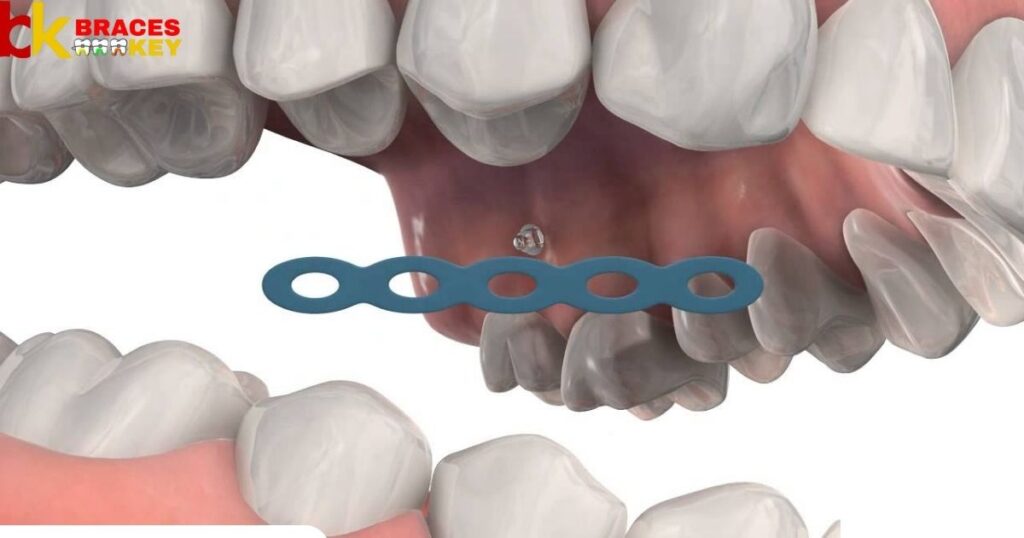
Realigning the dental architecture necessitates focus on each element. Molars receive tailored motivation towards rearrangement. Premolars require precise angling to fill interproximal voids.
Canine positioning provides function and fulcrum for major adjustments. Incisors redirect to balance facial form. Liaising complex biomechanics to individual tooth anatomies yields customized force systems. Only through targeting total transformation can ideal occlusion and beauty materialize.
FAQ’s
What Are The Disadvantages Of Molar Bands?
Molar bands trap food debris close to gums, risking decay under tight wires. Irritated tissue may recede from constant pressure of rigid metal.
What Is The Alternative To Molar Bands?
Composite buildups on molars serve as brackets, avoiding sore gums but needing periodic adjustment as they wear. Temporary anchorage devices also grip molars from adjacent bones.
What Are The Benefits Of A Molar Band?
Molar bands firmly fix metal brackets for strongest tooth movement grip. Their circumferential clasp fully immobilizes molars as anchorage.
What Happens If A Molar Band Comes Off?
A detached molar band halts its tooth’s guidance in treatment. Movement chaos risks resulting until rebonding regains lost ground.
Conclusion
While molar bands firmly secure anchorage for challenging tooth movements, they do carry risks like gum irritation. Alternatives like composite buildups or TAD anchors can now reliably immobilize molars without hardware in gums, Molar Bands Necessary.
After weighing the advantages of immobility against potential disadvantages of discomfort, each patient and orthodontic case requires an individualized assessment. In many modern aligners, molar anchorage can be achieved without traditional bands.








